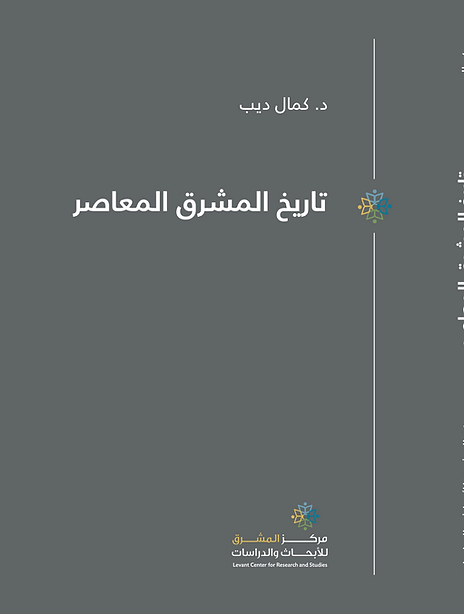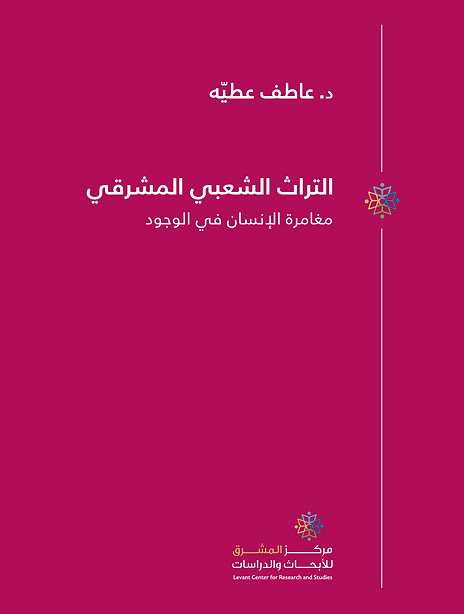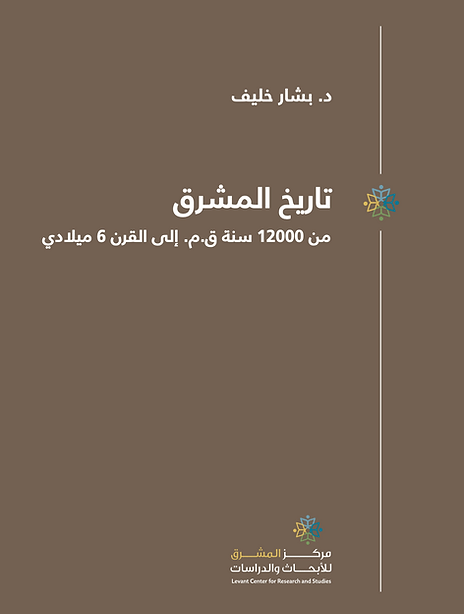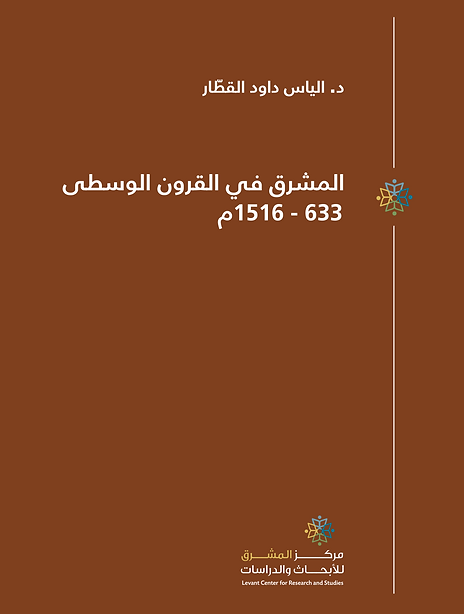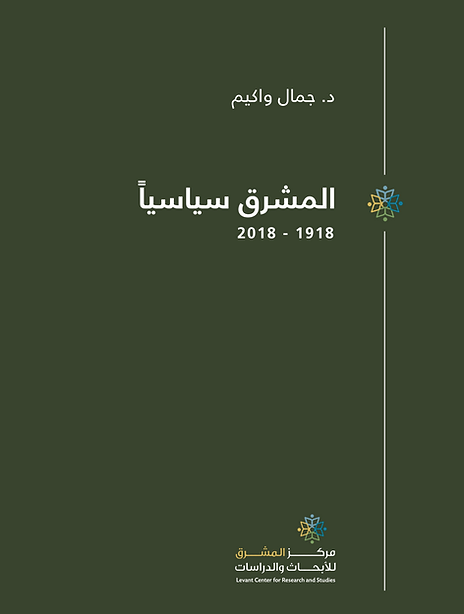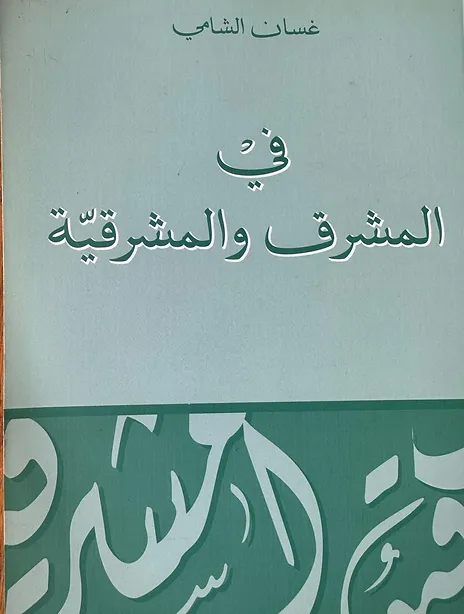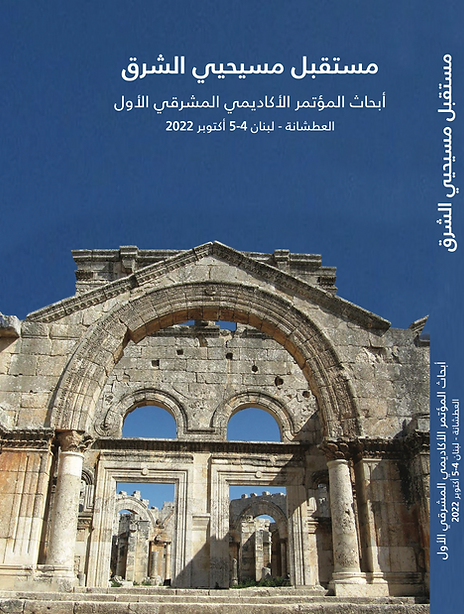Contemporary History of the Levant
Kamal Dib
The book is 668 pages long and includes:
The Levant, the birth of the Syrian and Lebanese Republics, the Kingdom of Iraq, Jordan, Palestine, the parties of the Levant, the international conflict over the Levant region, the reality of these states and their parties, the conflict between them and within them, their fate, the Levant-Israel war, the wars with the Israeli entity, Palestine and its situation, what happened in Iraq, and the war on Syria.
Levantine folklore: Man's Adventure in Existence
Dr. Atef Attieh
The book is 400 pages long and includes:
A reading on culture in society and folklore, folk literature in the Levantine heritage - myth, tale, colloquialism, song, folk beliefs, customs and traditions, including marriage, naming, initiation into religion, grieving traditions in the Levant, folk medicine, and proverbs.
Religions of the East
Dr. Khazal Almajidi
The book is 776 pages long and includes:
A comprehensive and encyclopedic survey of the religions of the Levant, from prehistoric magic and its manifestations to Mesolithic culture, to religion in the prehistoric Levant in the Neolithic period, religions in the Stone Age, and sacred writing.
The book moves on to the early religions of the Ancient Levant, starting with Sumerian religion and its mythology, mythology, and the Flood to Egyptian religion. It examines the intermediate religions of the Ancient Levant, including Babylonian, Assyrian, Canaanite, and Aramaic religions, and continues reading the late Ancient Levantine religions such as the Nabataeans and Palmyra, the Gnostic religions of the Levant, and the three monotheistic religions.
History of the Levant from 12000 BC to the 6th century AD
Dr. Bashar Khalif
The book is 544 pages long and includes:
The beginnings of the ancient Levant and the Ghab and Houla Plains, then the Kabyle culture, the Natufian civilization, the language of the Levant and its first inhabitants, then the Stone Age pottery and the emergence of cities and the invention of writing, up to the peoples who inhabited the Levant and their kingdoms and their civilizational development and achievements.
The book features the art of the Levant, death rituals and the underworld in the Levantine psyche.
The Medieval Levant 633-1516 AD
Elias Dawood Al-Qatar
The book is 400 pages long and includes:
The Levant under the Umayyad Caliphate, the era of the Rashidun Caliphs, the Umayyad Caliphate, the Umayyad Caliphate, the Mardah, society in its customs and traditions, dhimmis, culture and urbanization, then the Abbasid and Fatimid Caliphates and what happened during them in society, culture, urbanization and economy, then the Levant during the Frankish era, the political and military situation and their resistance, and the Mamluks and what they did.
It also includes the population, its status and sects, economy, society, agriculture, and trade.
Demography of the East
Dr. Shawki Attieh
The book is 444 pages long and includes:
The demography of the Levantine countries, from pre-emirate Jordan to the demographic situation during the Syrian crisis. He also deals with the demographic reality in Syria from the Mandate to the current crisis, then addresses the demography before Greater Lebanon, during the French Mandate, the civil war, and the situation today.
In Iraq, he starts from Faisal and independence to Baath rule, Saddam, the Kurdish question, and post-Saddam Iraq. In Palestine, he talks about it from the two banks to the Nakba, its demography, and the victory of this demography despite the calamities.
The Orient Politically
Jamal Wakim
The book is 384 pages long and includes:
The book contains four parts that deal with political events between 1920 and 1958 in Syria, Lebanon, Iraq, Palestine, and Jordan, the second part from 1958 to 1970, the third part includes events in the Levant from 1970 to 1991, while the fourth part deals with the events of the following years until 2018.
In the Levant and Mashreq
Ghassan al-Shami
An intensive book that examines the term Mashreq and its historical formation since the tenth millennium BC, Christianity in the Mashreq, the Islamic conquest and the relationship with Christians and religious affairs, Islam and the social, political and economic relationship between the two religions and their followers historically, the Mashreq and the Arab renaissance, the Mashreq and Arabism, the relationship of the Mashreq with Iran and Turkey, the future of Christians and Muslims and the prospects of the contemporary Mashreq.
The Future of the Christians of the Levant
Papers of the First Levantine Academic Conference (Al-Atshana - Lebanon - October 4-5, 2022)
The Future of the Christians of the East includes the proceedings of the first Levantine academic conference held under this title, which was held at the Syriac Orthodox Patriarchal Headquarters in Al-Atshana, Lebanon, in 2022, and includes a summary of the conference, as well as the speeches and papers delivered.

